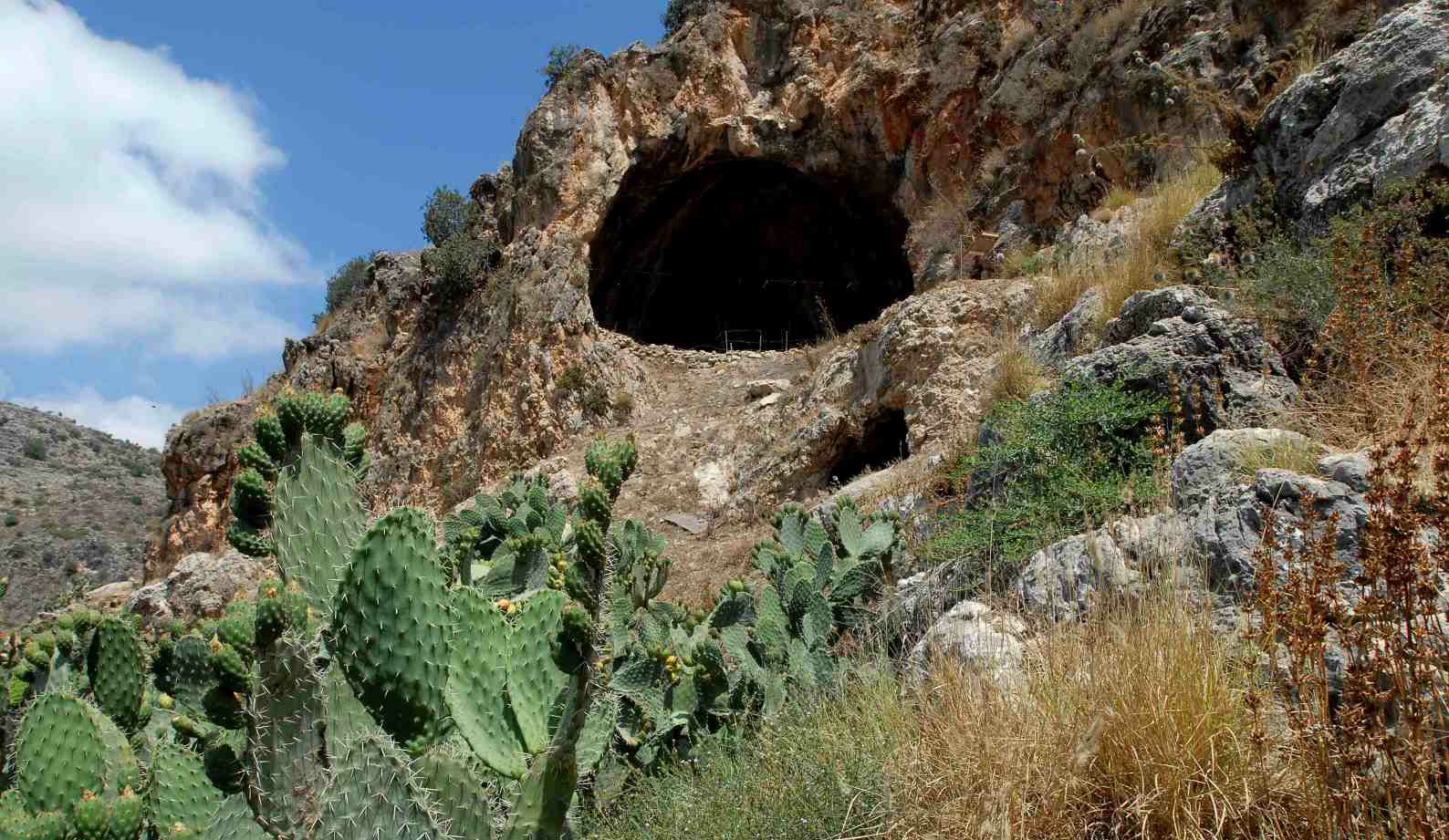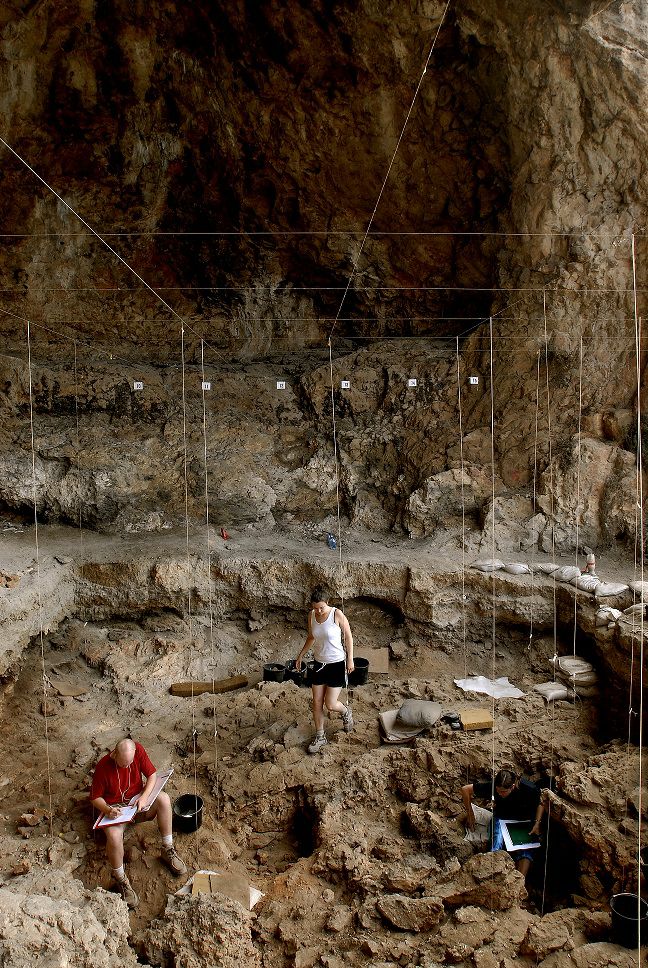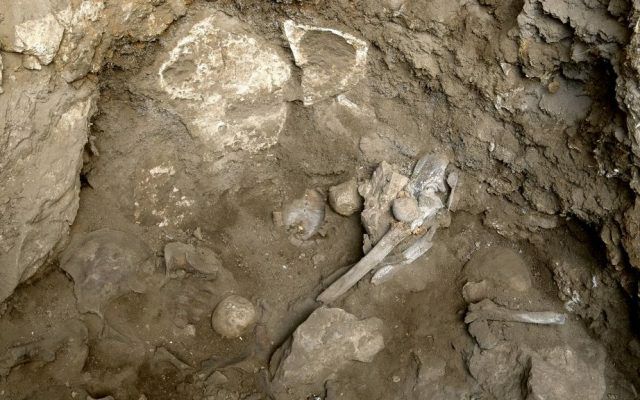12,000-year-old funeral feast uncovered in Israeli cave
In a unique burial site discovered by Hebrew University archaeologists, a variety of intriguing objects were found buried alongside the ancient woman’s remains. The discovery included tortoise shells, seashells, gazelle horns, an eagle’s wing, a leopard’s pelvis, a wild boar’s forearm, and even a human foot. The woman’s corpse was placed on a bed of gazelle horn cores, fragments of chalk, fresh clay, limestone blocks, and sediment. A total of 86 tortoise shells were arranged under and around her body, while the seashells, eagle wing, leopard pelvis, wild boar forearm, and human foot were positioned on top of her. The burial site was sealed with a large stone.
The archaeologist who uncovered the grave in a cave along the Hilazon River in the Western Galilee in 2008 immediately recognized that it was not an ordinary funeral. Unlike three other nearby grave pits discovered since 1995, this one contained a multitude of unique objects. It took eight years for Professor Leore Grosman from the Institute of Archaeology at the Hebrew University of Jerusalem and Professor Natalie Munro from the University of Connecticut to analyze the burial ritual’s six stages, which they described in a research article published in the journal Current Anthropology.
The researchers speculate that the woman may have held a significant role as a shaman during the Natufian period, which occurred 15,000 to 11,500 years ago.
Based on their analysis, the funeral ritual began with the excavation of an oval pit in the cave floor. A layer of objects, including seashells, a broken basalt palette, red ochre, chalk, and several tortoise shells, was carefully placed between large stones. This layer was covered by sediment containing ashes, flint, and animal bones.
During the middle stage of the ritual, the woman’s body was laid inside the pit in a position associated with childbirth. Special items, including numerous additional tortoise shells, were placed on top of and around her. Another layer of filling and various-sized limestone blocks were then positioned directly on her body. Finally, the grave was sealed.
The archaeologists speculate that the gathering of materials and the capture and preparation of animals for the feast, particularly the 86 tortoises, required considerable time and effort.
“The significant pre-planning implies that there was a defined ‘to do’ list, and a working plan of ritual actions and their order,” said Professor Grosman.
The burial site provides a fascinating glimpse into the ancient rituals and beliefs of the Natufian culture, shedding light on the sophisticated practices of that time. It serves as a testament to the complexity of human behavior and cultural practices in the distant past.
Hits: 0





